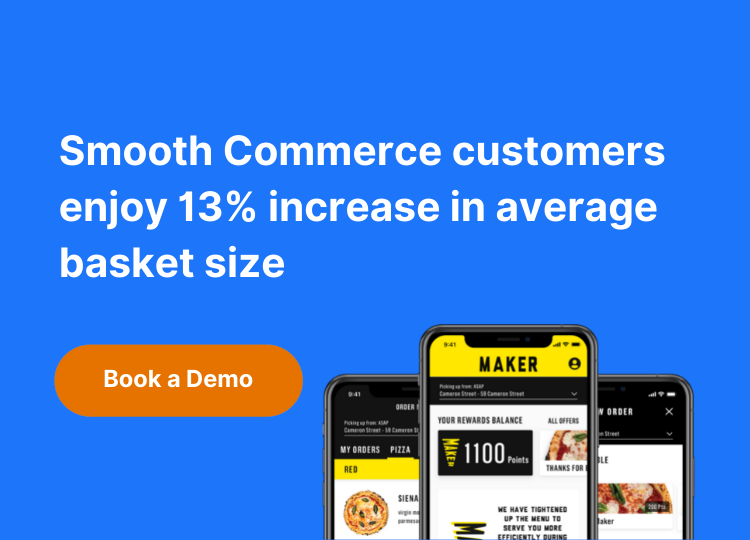
Navigating supply chain forecasting has become increasingly complex over the past couple years. Challenges aside, supply chain issues have changed how restaurants are approaching supply chain forecasting, and it may not be all bad.
Extra thought is required when considering special promotions, limited-time offers and new products. Accurate forecasting can make a promotion more profitable while minimizing waste, making your establishment more sustainable while being cost effective, helping the bottom line.
What is Supply Chain Forecasting?
It will not come as any surprise that March 2020 is where the supply chain forecasting issues took center stage. Even today, much instability remains.
The issues distributors face surrounding an optimized and stable supply chain is one of margins and ratios. Orders coming upstream should work with and anticipate the downstream orders going out. The margins between the two should be stable and predictable; the distributors depend on there being a steady upstream and downstream ratio – in normal times. But as these are not normal times, the margins are not in harmony, creating a negative feedback loop that stresses the whole network creating these supply chain issues.
Hidden in all this is some good news; these supply chain issues are not a scarcity problem.
“The problem is not typically a scarcity of the product itself,” said a Reuters article. “Rather, networks of cargo ships, trains and trucks are buckling under the ongoing stress from the pandemic.”
Steps taken by Leading Brands
Amid all the uncertainty, leading restaurants have turned to data and technology solutions to improve forecasting accuracy and produce better supply-chain outcomes. Some companies have pushed ambitious programs to a later date while other establishments are focusing on core items, according to the National Restaurant Association.
“About two-thirds of survey respondents reported COVID-19 has hurt forecast accuracy,” A supply chain expert at the Center for Supply Chain Innovation at Texas Christian University, told the National Restaurant Association. “Some organizations say they’re taking the opportunity to step back and rethink their overall strategy regarding LTO promotions. COVID-19 has made the industry pause to re-evaluate certain types of investments and strategies.”
The report found that data for improved forecasting should be powering the whole process. This includes the tracking of point of sale, shipment data, and marketing and promotional plans, demand, and customers’ tastes.
Inventory counts have become more important than ever. With food prices reaching new heights, accurate inventory is more valuable than ever. Doing counts at the same time of day and accurately recording data can save you money. Crucially, once a baseline is set, you will be able to spot inventory anomalies quickly while being able to set new goals for inventory management.
The menu can be streamlined or reengineered if needed. Consider your most popular dishes, as well as those that are eating away at your margins. Thinking critically about this can help you understand where to spend your energy and more importantly your money. From this you’ll know which dishes to push, and even dishes you may want to remove from your menu.
What Lies Ahead
Unfortunately, disruptions are continuing into 2022. However, there is some hope that the pressure on the prices of certain items that have come in conjunction with the supply chain forecasting issues may be alleviated by Q2 2022.
About Smooth Commerce
Smooth Commerce is an all-in-one digital commerce and customer marketing platform for restaurants that combines online and mobile ordering, delivery, loyalty, and powerful marketing tools to help you grow your business, while giving you access to your customer data to help grow your restaurant.
If you would like to learn more or talk to a representative from Smooth Commerce about how our platform can help you meet your loyalty goals, contact us at learnmore@smooth.tech.






